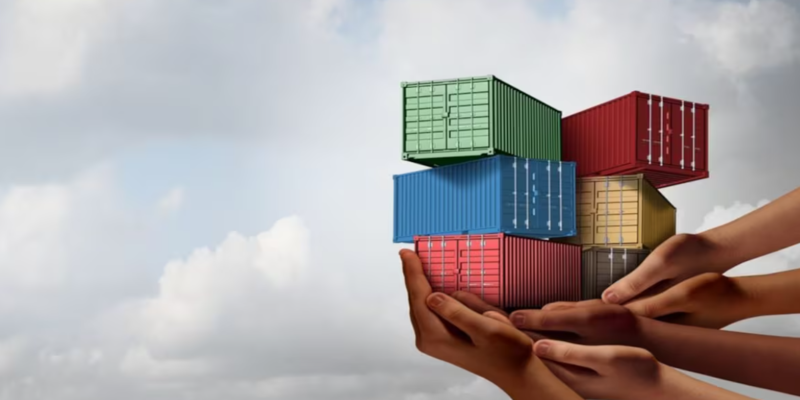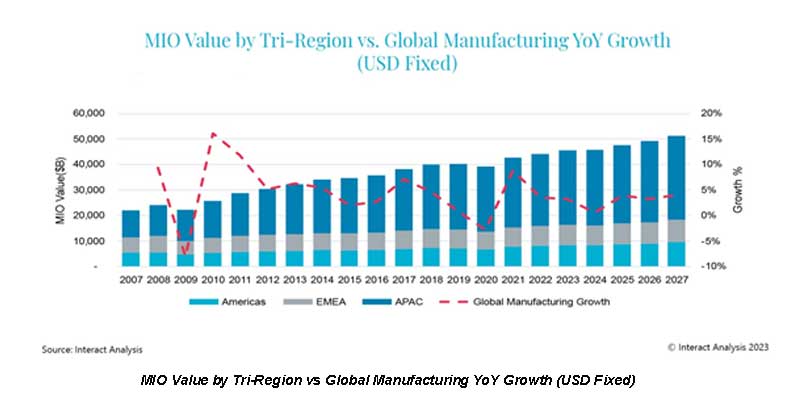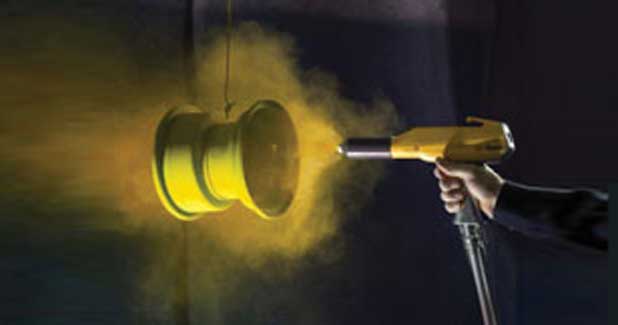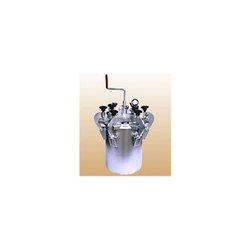Schedule a Call Back
Indian coating industry: Painting a bright future
 Articles
Articles- Sep 01,18

Related Stories

India's trade deficit shrinks significantly in September 2023
The country's goods exports saw a slight decrease of 2.59%, dropping to $34.47 billion from $35.39 billion in September 2022.
Read more
Chips are up!
Over the past decade, the Indian electronics hardware industry has witnessed significant growth and transformation with rising manufacturing and export volumes. India's share in the global electroni..
Read more
Global manufacturing growth to slow down, CAGR of 3% to 2027
A report by market intelligence authority, Interact Analysis says that the manufacturing decline is now expected in 2024 rather than 2026. The Americas enjoyed a strong year for manufacturing growth..
Read moreRelated Products

Powder Coating Services
Jekmin Industries offers a wide range of powder coating services Read more

Painting Equipments
We are a renowned manufacturer and supplier of a wide range of Blasting and Painting Machines, Testing Instruments and Abrasive Products. The products offered by us are manufactured using high-grade r Read more














